What is Charity’s future With Blockchain and AI in 2024?
Can web3 bring any change to the way charity and non profit organizations work?
How does the future of charity will look like with blockchain?
Can technologies like Metaverse, Artificial Intelligence, Cryptocurrency and NFTs be used in Donation?
You must be having these questions right?
Let’s dive deeper in the world of web3 and see what it offers for your Good Causes and Social services ?
Let’s start with the problems the Charity sector faces and how it can be tackled ?
Subscribe to Webikh Newsletter
The Only AI and Web3 Focused Newsletter
Subscribe & Download Freebies !
🤝 The Problem: Bridging the Trust Gap in Charitable Giving
Charitable organizations play a crucial role in addressing social issues, from poverty and hunger to healthcare and education. However, there are significant challenges:
Lack of Transparency: Donors often wonder how their contributions are used. The opacity of traditional charity systems can deter potential donors.
High Administrative Costs: Traditional charities have overheads, and a significant portion of donations can be absorbed by administrative expenses rather than reaching those in need.
Identifying Real Needs: Sometimes, it’s challenging to pinpoint the most pressing needs in a community, leading to inefficient allocation of resources.
Limited Engagement: Donors typically have a one-time interaction with a charity. This limits their understanding of the impact of their contributions.
🌐 The Solution: Web3 Transforming Charitable Giving
Enter Web3 technologies, which promise to revolutionize charity in several ways:
Blockchain Transparency: Blockchain ensures every donation is recorded transparently. Donors can trace their contributions and see how they’re utilized, increasing trust.
Smart Contracts for Efficiency: Smart contracts can automate processes like fund distribution, reducing administrative costs and ensuring more money reaches beneficiaries.
AI for Needs Assessment: Artificial intelligence can analyze data to identify the most pressing needs in real-time, helping charities prioritize their efforts.
Metaverse for Engagement: The Metaverse offers a new way to engage donors and supporters through immersive virtual charity events, increasing involvement and empathy.
🚀 How It Will Work: A New Era of Charitable Giving
Imagine a future where charitable giving is a seamless, transparent, and engaging process:
- Blockchain Donations: Donors make contributions in cryptocurrencies. Each transaction is recorded on a public blockchain, ensuring transparency.
- Smart Contracts: Smart contracts are programmed to release funds when predefined conditions (e.g., reaching a funding goal) are met. This reduces administrative overhead.
- AI-Powered Insights: Artificial intelligence analyzes data from various sources to identify urgent needs, enabling charities to direct resources efficiently.
- Virtual Charity Events: In the Metaverse, charity events are immersive experiences. Participants can virtually visit communities in need, attend fundraising concerts, or even volunteer in digital form.
🌍 The Impact: A More Effective and Inclusive Charity Sector
Web3 technologies hold the promise of transforming the charity sector:
- Transparency: Donors can track their contributions in real-time, ensuring trust and accountability.
- Efficiency: Smart contracts reduce administrative costs, allowing charities to allocate more funds to their missions.
- Targeted Giving: AI ensures resources are directed where they’re needed most, optimizing the impact of charitable efforts.
- Global Engagement: The Metaverse allows people from around the world to participate in charity events, increasing awareness and support for causes.
🛑 Risks and Challenges: Navigating the Web3 Charity Landscape
- Digital Divide: Web3 technologies rely on internet access and digital literacy, potentially excluding those without these resources.
- Privacy Concerns: Transparency can conflict with privacy, raising questions about data security and consent.
- Scams and Fraud: As with any digital system, there’s a risk of scams or fraudulent charities operating in the Web3 space.
- Regulatory Uncertainty: The evolving nature of Web3 and cryptocurrencies creates regulatory challenges, which may affect charitable organizations.
MUST READ :
What is Agriculture’s future With Blockchain, AI and Metaverse?
What is Transportation’s future With Blockchain, AI and Crypto ? |
What is Supply Chain’s future With Blockchain, AI and Metaverse? |
Conclusion
In conclusion, Web3 is ushering in a new era of charitable giving, characterized by transparency, efficiency, and global engagement.
Blockchain ensures donations are traceable, smart contracts reduce overhead, AI identifies pressing needs, and the Metaverse offers immersive charity experiences.
While Web3 brings immense potential, it also presents challenges related to inclusivity, privacy, and regulation.
The charity sector stands at the threshold of transformation, where technology and empathy unite for a better world. 🤗🌐✨
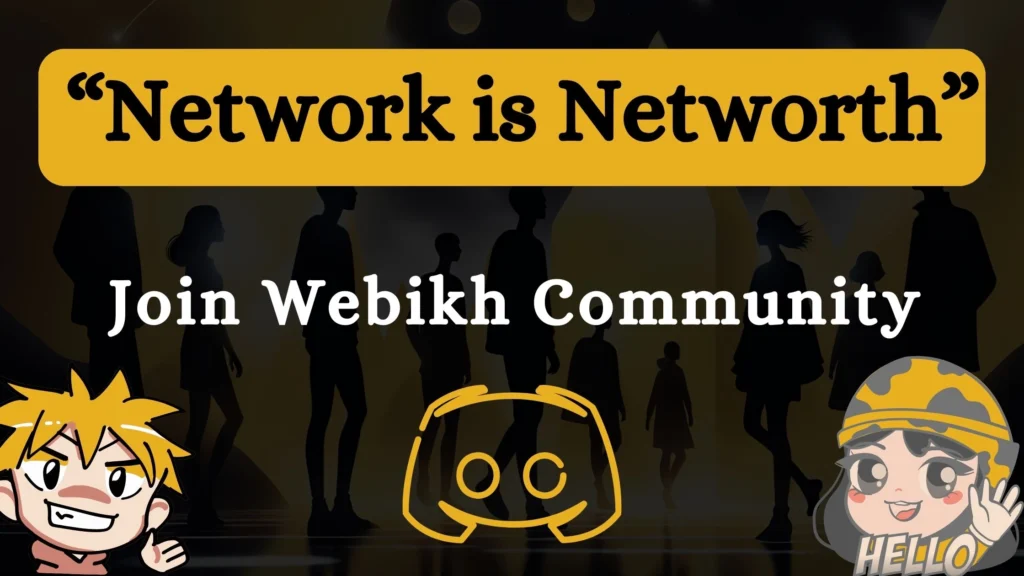
FAQ : AI & Blockchain for Charity & Donations
AI aids charity by automating administrative tasks, optimizing resource allocation, and identifying potential donors and beneficiaries.
How can AI help with fundraising?
AI assists fundraising by analyzing donor behavior, predicting trends, and personalizing outreach efforts for higher engagement.
What is blockchain fundraising?
Blockchain fundraising involves using blockchain technology for secure and transparent donation transactions.
Which type of blockchain should be used for the security of donations in a charity organization?
A permissioned blockchain, like Hyperledger Fabric or Quorum, is suitable for the security of donations in a charity organization, offering controlled access and data integrity.



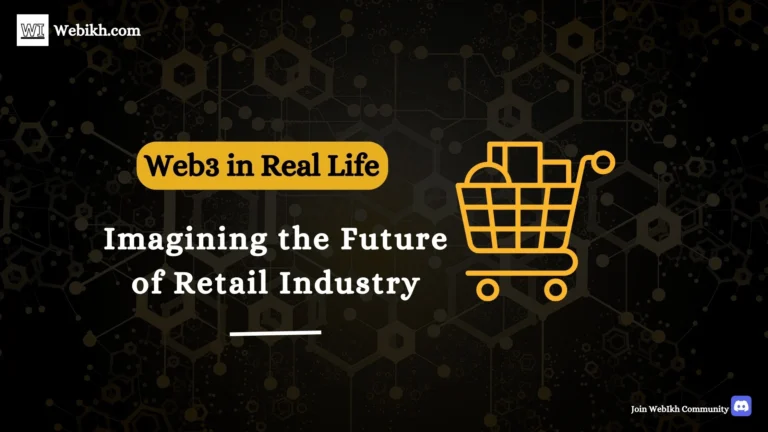
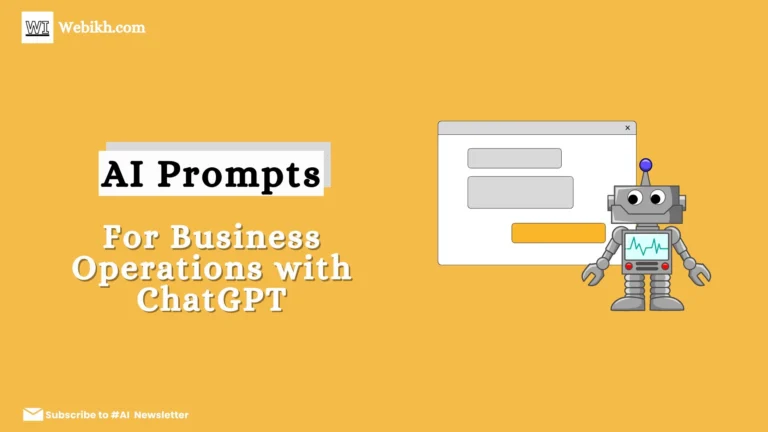
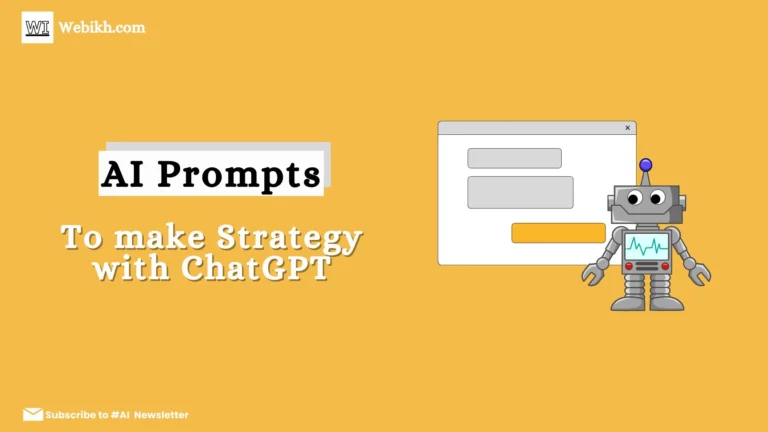

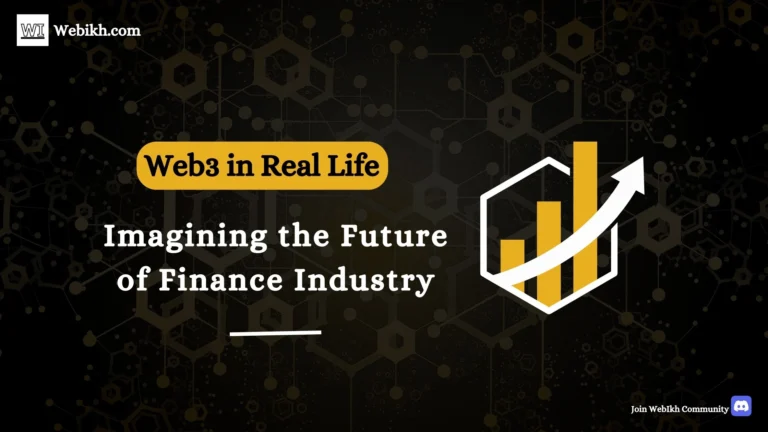
Thanks for sharing. I read many of your blog posts, cool, your blog is very good.